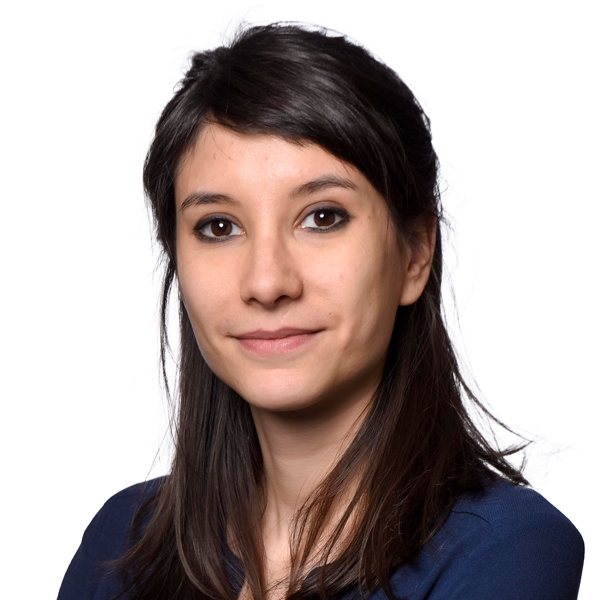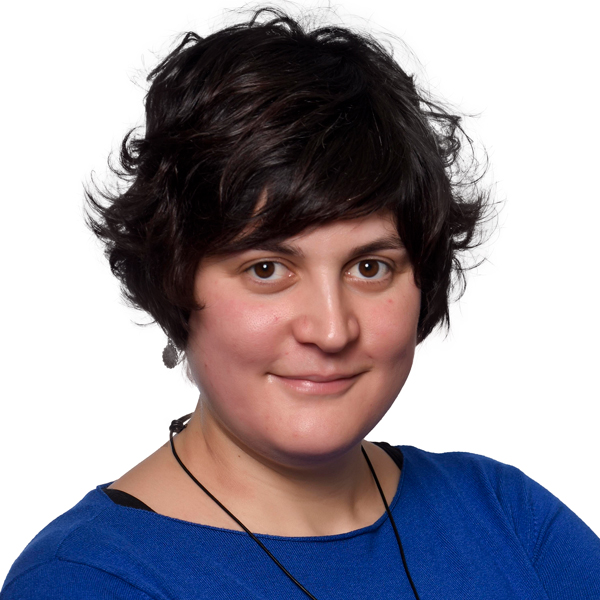What are Finnish libraries like?
Subject: Multidisciplinary
Makerspaces, librarians at the service of the user and promotion of information skills. Elisabet Cervera tells us about her time at Aalto University Library, in Helsinki.
“They gave particular consideration to a question that everybody asked them: why do books always occupy the prime locations in the library? This was the starting point for reorganizing the area [...] and creating new services such as FabLabs or makerspaces"
European exchanges enable people to see other professional realities and share experiences and knowledge that are useful for the UOC Library. Elisabet Cervera, thematic librarian to support learning at the UOC (Arts and Humanities, and Psychology and Education), has participated in the Erasmus Staff Week project and spent a period of time at Aalto University's Learning Centre together with other professionals from all over the world.
- How was your stay structured?
The first day we attended a presentation on how the University and the Learning Centre work and had a guided tour of its innovative facilities. Among other areas, we saw the Learning Hubs, located throughout the Campus and the different faculties. They are smaller libraries but without library services. They have a librarian for two to three hours a day but outside these times students can use the facilities on their own. In the Learning Hubs it is worth highlighting the Experimental Hubs, small houses with a work area (especially for engineering and technology courses) that allow professors and students to feel at home during a theoretical-practical class following the Learning by Doing model.
Over the week, we combined working sessions with librarians from Aalto University (presentation of the Bibliometrics tool, ILtraining, Customer Service) with visits to several libraries in Helsinki: Sello Library (Espoo's public library), Kaisa House Library (Helsinki University's library), the National Library and the National Audiovisual Institute KAVI’s Library.
- What are the facilities of the Learning Centre like? Can you describe them?
I think that Finns attach great importance to spaces, particularly furniture. I was quite surprised that libraries have armchairs, sofas, poufs or big cushions, and even beds! This enables students to relax. Of course, it is all Finnish design! The coffee room for the library staff also surprised me. Apart from the changing room and showers, it has a dining room with sofas and rocking chairs, a bar with a coffee machine and a fully equipped kitchen. They even have a headache room! Another thing that struck me is the trust they have in their users. The centre opens at 8 am but until 10 am it is unstaffed. The students enter freely and take or return what they have borrowed. Librarians have a counter or information point in the lobby but work in different locations so that they can immediately handle queries.
- How do the Learning Centre's librarians work?
There are 64 people, in three departments: Research Support, Learning Support, and Development. Librarians are information specialists at the service of users. They handle telephone, e-mail or in-person queries and show how to use the library’s resources and services. As information specialists, they also prepare general thematic guides (use of eBooks, how to cite documents, use of audiovisual resources...) and guides to the subjects and disciplines studied at the university.
- How do they use the makerspaces?
In 2013, they considered refurbishing the library. Until then it was very closed and restrictive and it was difficult to find information. They interviewed over 200 people including students, professors, researchers and users from other universities and gave particular consideration to a question that everybody asked them: why do books always occupy the prime locations in the library? This was the starting point for reorganizing the library. They relocated 70% of the physical collections in external deposits and created new services such as FabLabs or makerspaces to put into practice the knowledge acquired (3D printers, mechanics workshops and also a recording studio, among others). All the facilities are free to enter and use. Now they have an accessible, flexible and relaxed Learning Centre.
- What did you like most about how this library works?
The Request an appointment to meet an information specialist service they offer to users. As a master’s degree or doctoral student of the university you can request a personal training session with the librarian to help you find information and use the bibliographic reference manager or a specific database. In the first year, bachelor’s degree students have compulsory introductory courses to information and information skills and can also attend group training sessions at the professors’ request. Nothing compares to having a library close at hand to help you in your studies at the university!
- How was this experience? How did it help you at a professional level?
The experience was spectacular. I discovered the Finnish libraries firsthand, not only academic but also public or specialized. I also saw the importance that Finns attach to culture and knowledge. From an early age (one or two years old) they are members of a library and it is very common for families to go there to read stories, play and experiment and do group activities. Later, when they go to university, libraries have all kinds of facilities depending on the needs of the students, such as completely silent study rooms, areas with kitchenettes where you can warm up your lunch or make a coffee, group work rooms, FabLabs or makerspaces to learn by putting your knowledge into practice.
Elisabet Cervera holds a diploma in Library and Information Science from the University of Barcelona (UB) and since 2008 has worked at the UOC Library. She has held the position of thematic librarian to support learning for over four years.
Author
Experts
Elisabet Cervera
Operative subgroup: Librarian for Health, ICT skills Operative group: Library for Learning



